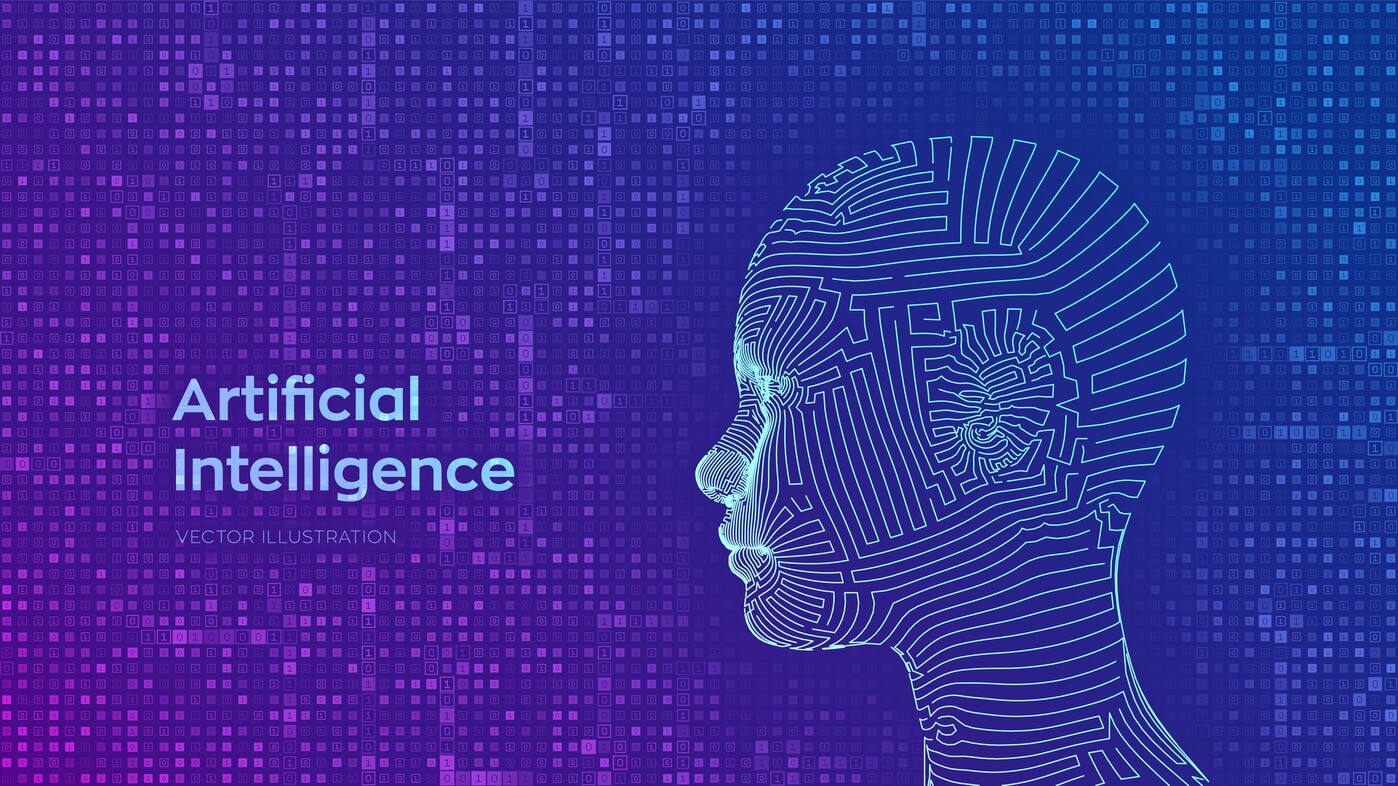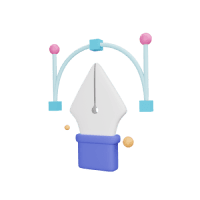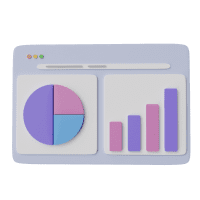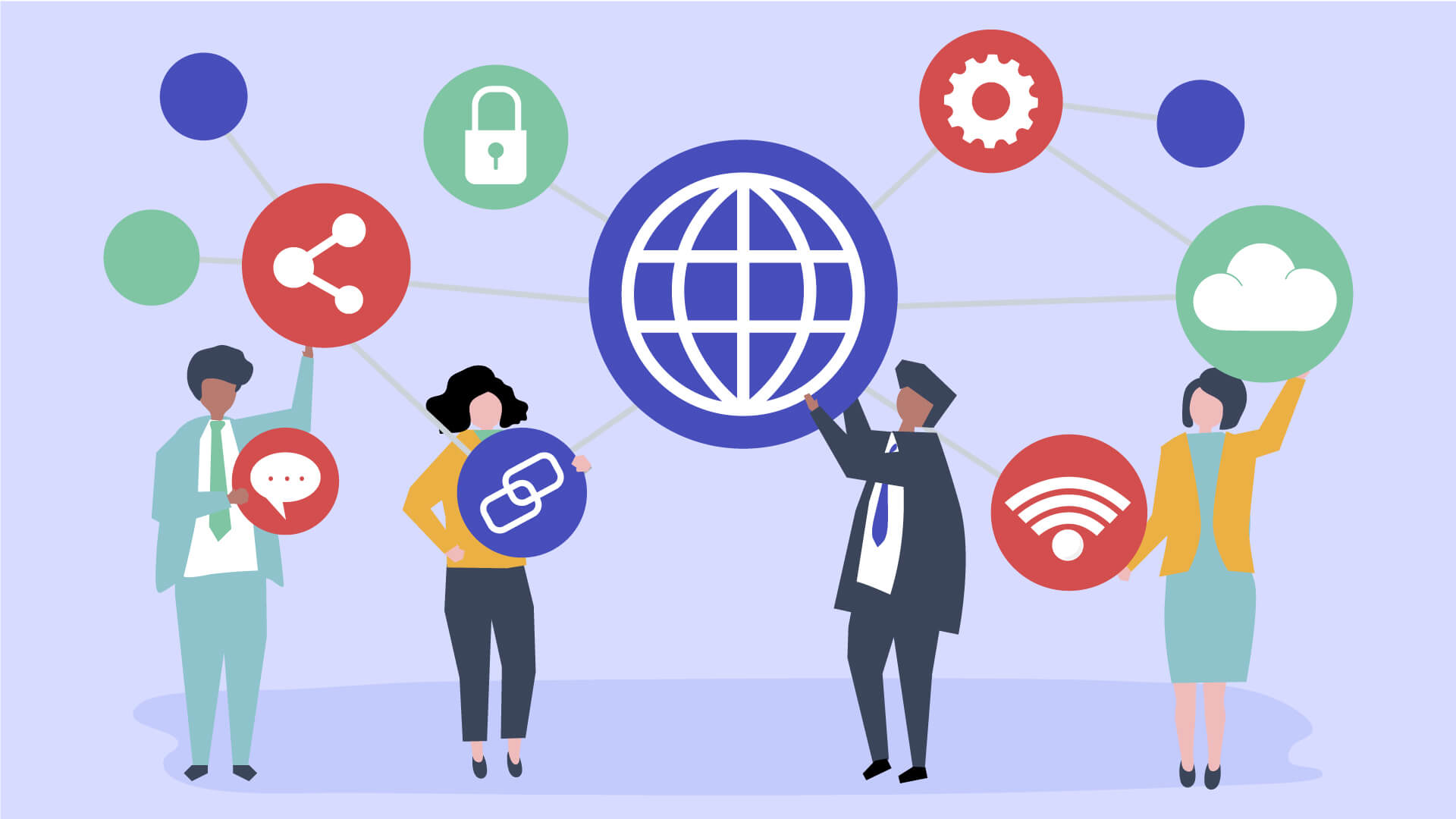
How AI is aiding India’s demographic dividend
As India surpasses China as the most populous country in the world, all eyes are on India’s strategy to leverage its demographic dividend. With the goal of a 5 trillion dollar economy by 2025, India’s Human resources will have a major role in its development.
Demographic dividend refers to the potential economic growth experienced by the country due to an increased amount of working-age population. This allows more working hands and more production, enhancing GDP. As long as the dependent population of children and senior citizen are lower, there is enhanced savings and investment.
FACTORS IMPACTING DEMOGRAPHIC DIVIDEND
Education: Literacy at a basic level is an absolute condition for employment. Education also aids mobility and makes an individual aware of ways to live a fulfilling life.
Skilling: Post and pre-job skilling is very important for people who are looking forward to upskilling their talent. For this, vocational education is also being promoted in school. With government efforts like the National Skill Development Mission providing prior learning certificates, a conducive environment is provided.
Health: As we all know, “health is wealth.” In the game of wealth of nations, the health of working individuals is of utmost priority. The out-of-pocket expenses of diseases and hospitals take a huge toll on savings and wealth accumulation.
Employment opportunities: This is one issue India is currently facing. Over-educated individuals are fighting for jobs much lower than their capabilities. This kind of employment is called underemployment. It is the most hurtful because it indicates that the potential is ripe but opportunity is denied.
Political stability: It impacts the daily lives of people, foreign investments, and businesses. A country in turmoil struggles to keep itself afloat.
Trade and investment: Export enhances balance of payment, and reduces overall inflation. This increases employment and provides more opportunities.
Ease of doing business: It enhances foreign direct investment, allows research and development to thrive, and makes it easier for entrepreneurs to set up and get out of business.
Social equity: equality at birth is the fundamental right of every Indian. However, many social inequalities still exist. Social ills like child marriage, untouchability, etc. hamper the ability of many.
Social mobility: refers to the ability of citizen to be able to achieve whatever profession they set their mind to.
- Technology access: We are in the age of Industrial Revolution 4.0. The nature of jobs is changing and new skills are required. The digital divide is a major hurdle in that direction.

ROLE OF AI
Needless to say, artificial intelligence is transforming every aspect of social life. All of the above-discussed factors have the potential to be transformed. AI is still in its developmental stage and it will be a long time before we can substantively discuss its consequences. But this doesn’t mean we shouldn’t attempt to gauge its advantages and disadvantages. It is the discourse we have now that will shape policy decisions and India’s stature in Industrial Revolution 4.0.
The benefits of AI can be harnessed if the government is proactive and quick in implementation. Missions like Digital India mission, PM WANI, etc. are all steps in the right direction as the government attempts to make the internet more accessible.
AI is providing a whole new job market for the already thriving Indian IT sector. Services is one of the top exports of India and contributes most to the GDP. This is a great opportunity because India’s base for the IT industry is already set. All it needs is the right impetus and skilling. India could lead the world into its new era.
In sectors like education, AI can help democratize access to knowledge. It can help in providing quality education to the remotest corners of the country and prepare a generation that is tech-savvy and academic.
Socially, AI aids transparency and accountability. The days of bureaucratic autocracy are long gone as India becomes digital. Components like citizen charters, AI chatbots, e-governance, social audits, etc. create an amazing environment for ease of doing business.
For skilling, AI can address the shortage of teachers and provide a cheap, accessible alternative to acquiring new talents. It can provide up-to-date content and deliver an individual-specific lesson plan.
AI is being leveraged in the health sector to create a digital health repository for everyone. The increased role of robotics and nanotechnology is being witnessed. Moreover, it is helping develop models for research on various diseases that would be difficult for the human brain to process.
DRAWBACKS
A report by McKinsey and company has identified that 78% of predictable jobs are at risk of replacement by AI which could mean a demographic disaster. Job loss by AI will greatly affect primary, secondary, and tertiary sectors. Instead of providing employment, AI could potentially take away employment. In such a scenario, it is important to focus on enhancing the skills of workers for a new profile so that they can remain protected.




















